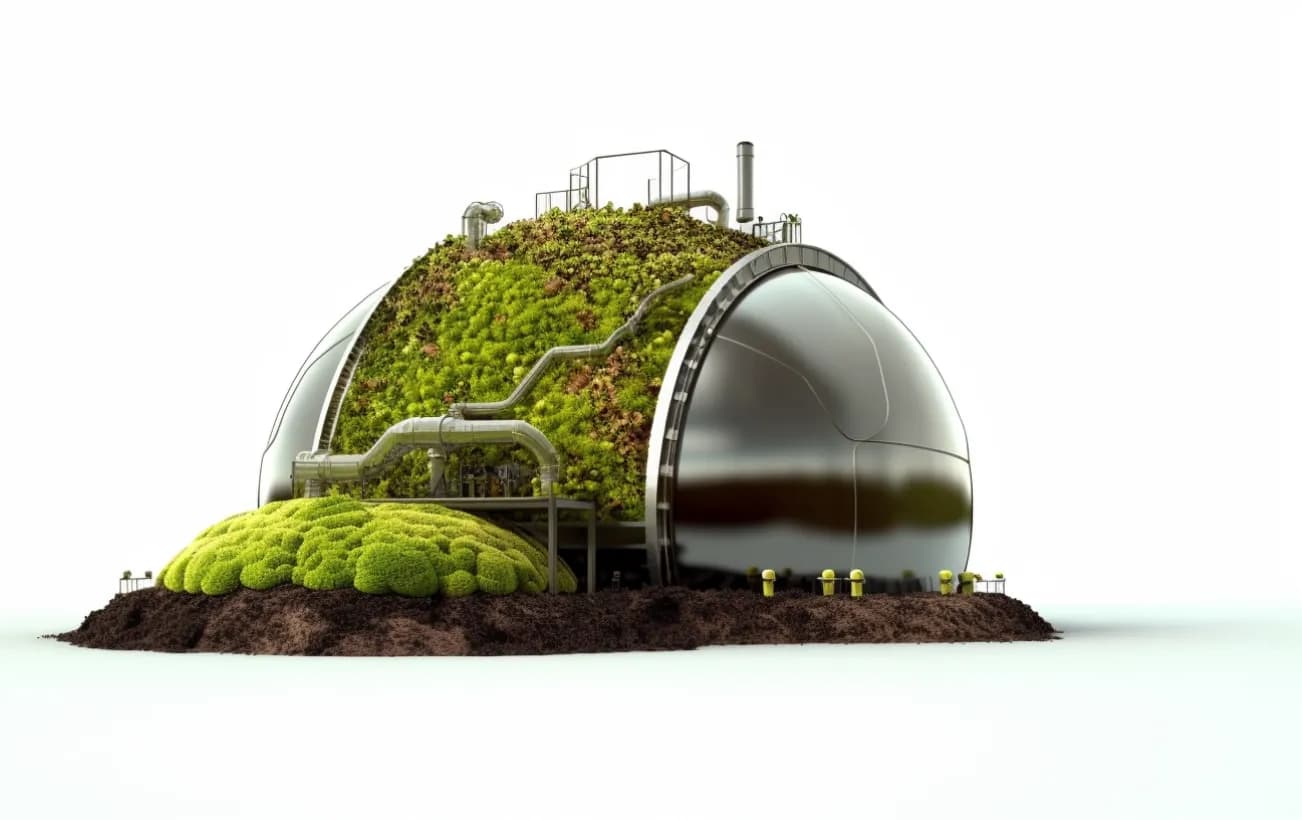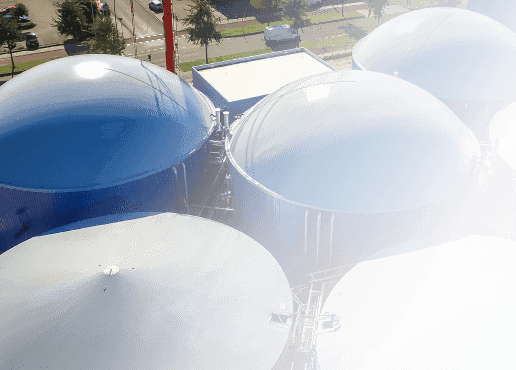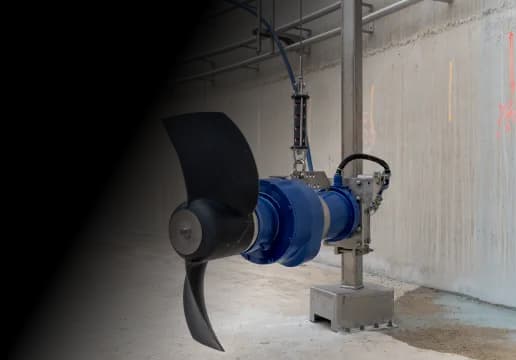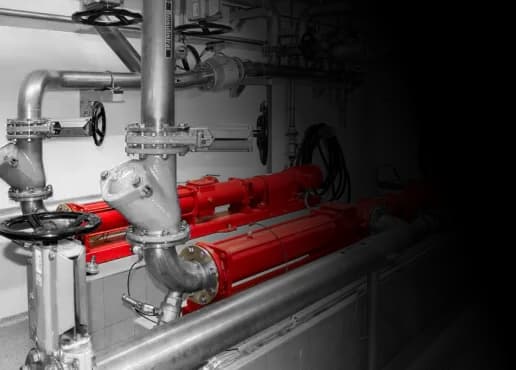
Biogas is a mixture of gases produced by the fermentation of organic biomass. Biodegradable materials include wood, manure, sewage sludge, corn, grass, etc. Organic wastes such as waste are broken down by anaerobic microorganisms.
During this process, a mixture of chemical compounds is released. This is a natural process and therefore these biogases are considered renewable energy.
GAS COMPOSITION
The main components of biogas are Methane CH4 and Carbon Dioxide CO2. They constitute approximately 95% of the biogas mixture, but the composition of the components may vary. Other components of biogas are Nitrogen N2, Hydrogen H2, Hydrogen Sulfide H2S and Oxygen O2. Of these components, Hydrogen Sulfide gives biogas its typical egg-like smell. The composition of biogas varies depending on which materials are used in the fermentation process. For example, household waste produces less Methane than sewage sludge or agricultural waste. The gas created by domestic waste is richer in Carbon Dioxide. In general, the composition of biogas looks like this:
GAS STORAGE
Biogas is usually produced in large tanks called digesters. Here the composition of the biomass is mixed, stirred and heated to create an optimal environment for microorganisms. The digesters are hermetically sealed to allow anaerobic fermentation to occur. The gases released in this process are kept in these digesters. This happens with custom-made roofing systems. A double membrane made of Poly-Vinyl-Chloride (with reinforced polyester fabric) is installed on the digesters. When gas is produced, the inner membrane expands, while the outer membrane always remains under pressure. This membrane protects the inner membrane from the effects of weather. Special air inlets and outlets regulate the air pressure between the two membranes. All these roofing systems are what Enertolia and Membrane Systems Europe BV, or MSE in short, specialize in!




